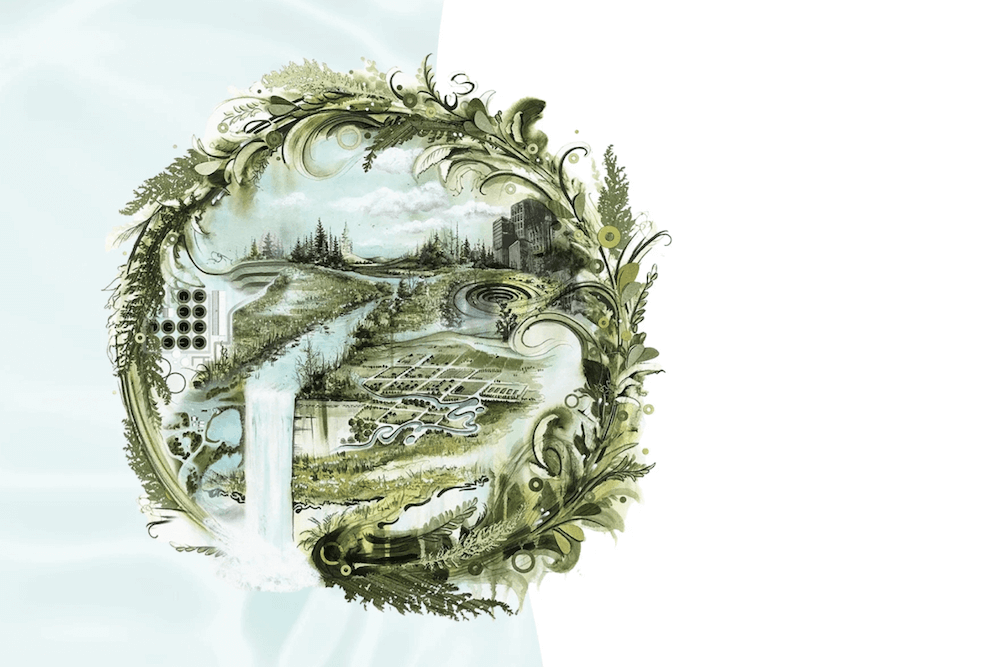By Faith Peppers
University of Georgia
Many beginning gardeners think planting perennials is easy. You
plant them and year after year they perform with little care.
Not true.
“It’s a misconception that because perennials last from year to
year they require little maintenance and care,” said Paul
Thomas, a University of Georgia horticulture professor in the
College of Agricultural and Environmental Sciences.
“While some perennials survive with little care,” Thomas
said, “more require some attention to look their best. In many
cases, perennial beds require more work than annual beds.”
Annual beds can be easily overhauled each year or even each
season. Perennial plots are with you for the long haul. “But
the rewards of perennials make the added maintenance
worthwhile,” Thomas said.
Thomas offers these tips to keep perennial beds looking their
best:
Watering. Perennials’ drought tolerance varies, but more
require an ample moisture supply at least during active growth.
Don’t rely on normal rainfall. Water if necessary.
Allow the water to penetrate deeply. Frequent, light waterings
aren’t advisable because they wet only the upper soil and
result in shallow root growth and wet foliage and flowers.
That’s an invitation to many diseases. Soaker hoses and drip
irrigation systems work well with perennials.
Mulching. To help conserve moisture, control weeds and
improve the overall appearance of the garden, you need to mulch
perennials. Mulches also tend to prevent soil crusting, which
retards water penetration, and prevent soil from splashing on
lower leaves and flowers.
Mulches provide an added degree of winter protection, too. A
word of caution: Heavy mulches that hold moisture can be
detrimental, particularly to plants subject to crown rot. Pine
bark, pine straw, wood chips and a variety of other materials
are good.
Fertilizing. Maintenance fertilization is essential to
the continued growth of perennials. Apply 8-8-8 or 10-10-10
(1.5 pounds per 100 square feet) in early spring and once or
twice again during the growing season.
Base maintenance fertilization on soil tests. Applying
phosphorus is often not needed once adequate soil levels become
established. Water the bed after applying so the fertilizer
enters the soil and is available to the plant. Wash any
fertilizer off the foliage to prevent fertilizer burn.
Controlling weeds. A well-prepared bed requires little
cultivation. Deep cultivation is likely to injure roots and
often uncovers weed seeds, which can then germinate. Weed
control should usually be done by hand weeding or with
herbicides.
Use extreme caution when using a herbicide. Very few are
suitable for use around perennials. Read the label carefully to
be sure it won’t injure desirable plants.
Defoliating. Remove dead foliage and stems in the fall.
It’s natural for the tops of many perennials to be killed to
the ground by frost. Some herbaceous perennials have evergreen
foliage.
Dividing and propagating. While the length of time
varies, most perennials eventually become overcrowded and
require division. Mature clumps can be cut or pulled apart.
Divisions should usually contain three to five shoots or
growing points. Discard any weak or diseased divisions.
The time to divide perennials varies somewhat, but it’s most
often fall or early spring, coinciding with desired planting
dates. Many perennials are easily propagated in this way.
To find out more about growing and caring for perennials and a
good list of perennials that grow well in Georgia, see the
Georgia Extension Service publication, “Flowering Perennials
for Georgia Gardens” (http://pubs.caes.uga.edu/caespubs/pubcd/b944-w.html).
(Faith Peppers is a news editor with the University of Georgia
College of Agricultural and Environmental Sciences.)



